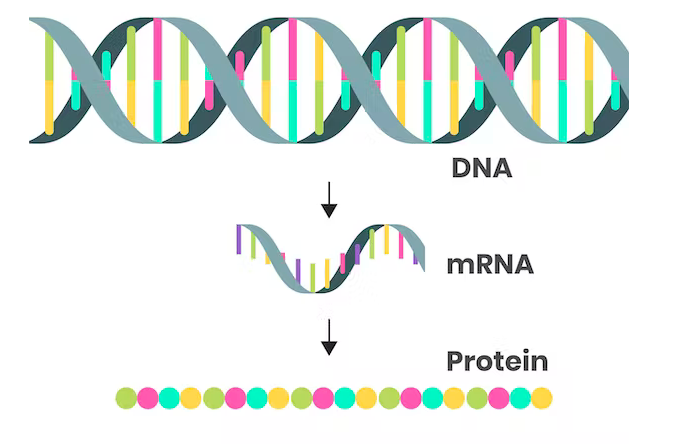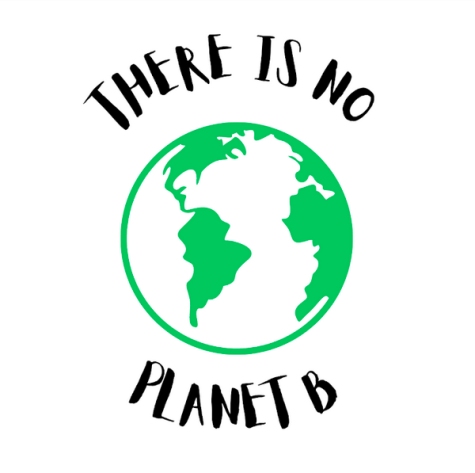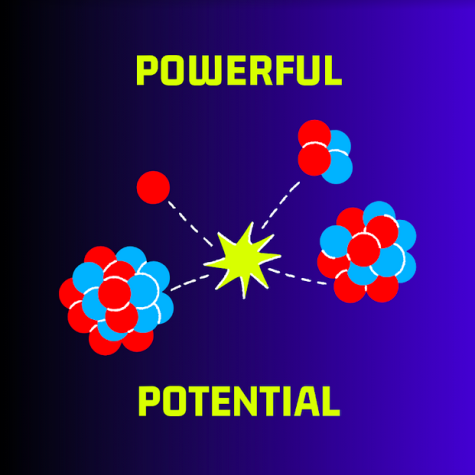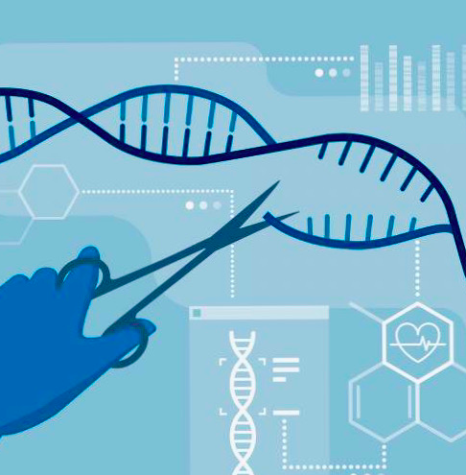The future of mRNA technology
“mRNA” has become a buzz word from the COVID-pandemic and well-known vaccines from both Pfizer and Moderna. Is mRNA a new technology? Surprisingly, no!
While the rest of the world is learning about it in real time, this kind of research has been around for awhile within the scientific community. Even with its controversy, its future is getting brighter with each day.
What is mRNA? Messenger RNA is a form of genetic information that is transcribed from DNA and transferred to the ribosome, where it is translated into protein. When trying to explain mRNA to others without a science background, one could refer to DNA as the recipe, mRNA as the ingredients and interpretation and the protein as the final product.
Here’s are some notable points of time in mRNA research:
- Messenger RNA was first discovered in 1961 by Sydney Brenner, Francois Jacob and Matthew Meselson
- The first delivery of mRNA into cells was completed in the 1970s
- An mRNA flu vaccine for mice was tested in the 1990s
- Human-research was conducted for an mRNA vaccine for rabies in 2013
As you can notice, there are some significant gaps of time – but this technology really isn’t in its infancy.
Katalin Kariko should be a household name when someone mentions mRNA. Alongside her partner Drew Weissman, they as a team developed the mRNA technology that powered both the COVID vaccine and the domino effect of change towards vaccine development and other therapies.
During their work together than spans over 2 decades, they have proven that mRNA vaccines are both safer and more effective than traditional vaccination methods – with the COVID-19 vaccine accounting for a 95% efficacy rate.
What kind of applications does mRNA technology have the power to achieve?
- The National Institute of Health (NIH) has announced 3 mRNA HIV vaccines are to be used in a clinical trial for the disease. As treatments for HIV are few and far between, and understanding of how to treat the disease has only just begun, this is a big deal.
- The basis of mRNA vaccines can be used to create a better and more effective flu vaccine. While the current option works just fine, imagine what the future could bring with being able to create a vaccine as soon as a new strain arises.
- Cardiovascular applications can come from mRNA and other cell therapies – the future of mRNA is not just in the vaccine.
- Treating cancer with mRNA technology can allow for a personalized approach – attacking tumors without hurting the patient, especially those that cannot be resected, can prove as a promising result of this research.
- Diseases such as shingles and lyme could become a thing of the past with development of vaccines and other therapies.
While the word “mRNA” has become fairly politicized with the COVID-19 pandemic and the widespread fear and misinformation shared, one cannot deny that its power holds great promise for the future of medicine.









yousef • Mar 15, 2023 at 11:42 AM
mRNA tech is Organic Computer Science. It is my opinion manipulating the human genome is unwise. There are so many variables in the human body and interlinked systems that to model all of the potential side effects on a population level scale i think is impossible.
Missing a bit of context here:
“with the COVID-19 vaccine accounting for a 95% efficacy rate”
this was a relative risk reduction number not absolute risk reduction. also missing critical information such as the number needed to treat to have any discernable effect. i would link the study this number came from but OP doesn’t allow them anymore in comments.